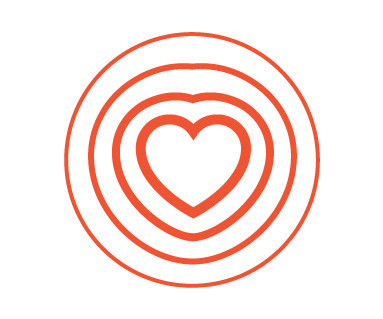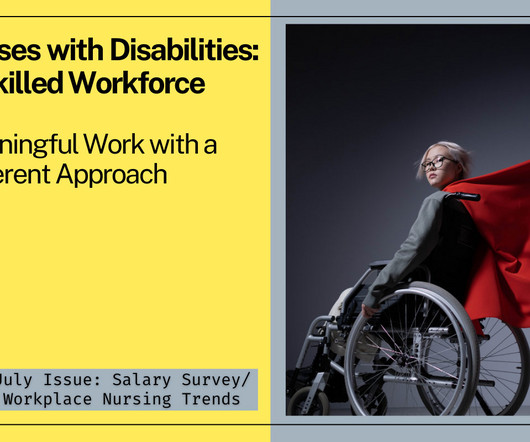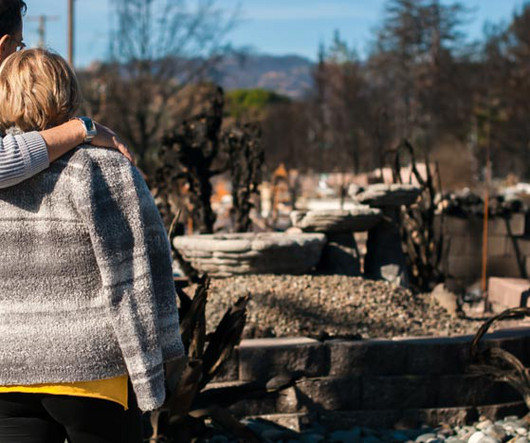Workforce Shortages and Health Care Cost Pressures Inspire RSNA 2023 (and yes, AI’s in the mix, too)
Health Populi
NOVEMBER 28, 2023
As AI applications continue to improve, they will be able to absorb or assist with a host of tasks, from scheduling to reporting to triage in imaging studies, freeing the radiologists to devote more time to the more enriching aspects of our work, and the reason we chose this challenging profession.












Let's personalize your content